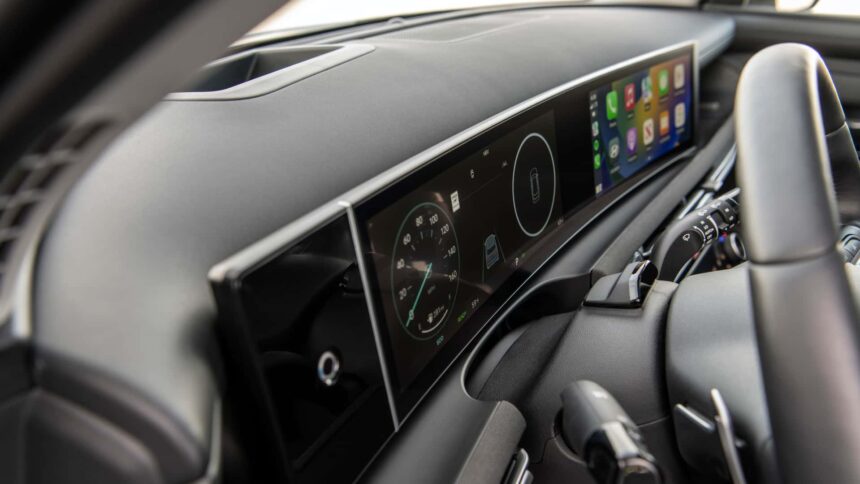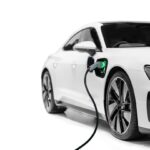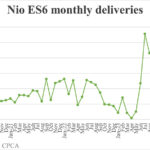Hyundai’s decision to stick with traditional switchgear and physical controls in their vehicles sets them apart from other automakers who have embraced touchscreen technology. In a recent visit to the Hyundai Design North America studio in California, it was revealed that Hyundai’s internal research showed a preference for hard keys to access frequently used functions. This preference for physical controls was further highlighted by the company’s Vice President Ha Hak-soo, who admitted that while they were initially impressed by Tesla’s all-in-one infotainment screen, they soon realized that it wasn’t the best solution.
The use of physical knobs and buttons in Hyundai vehicles allows for easier access to basic functions without distracting the driver. Touchscreen controls can be frustrating and stressful, especially in high-pressure situations where quick adjustments are needed. By incorporating physical controls, Hyundai ensures that drivers can rely on muscle memory to operate their vehicles safely.
While touchscreens have their place in modern vehicles, Hyundai’s research indicates that a balance between touchscreen technology and physical controls is essential. A global scale study would likely yield similar results, as the common sense approach dictates that an all-touchscreen layout is not ideal for driving.
In addition to safety concerns, the use of physical buttons and knobs also provides a more tactile experience for drivers. Sang Yup Lee, Head of Hyundai Global Design, emphasized the ease of use and sense of control that physical controls offer, especially while driving.
Despite the cost-cutting benefits of touchscreen technology, Hyundai remains committed to providing a user-friendly and safe driving experience for their customers. By listening to consumer preferences and prioritizing functionality over aesthetics, Hyundai continues to set itself apart in the automotive industry.







